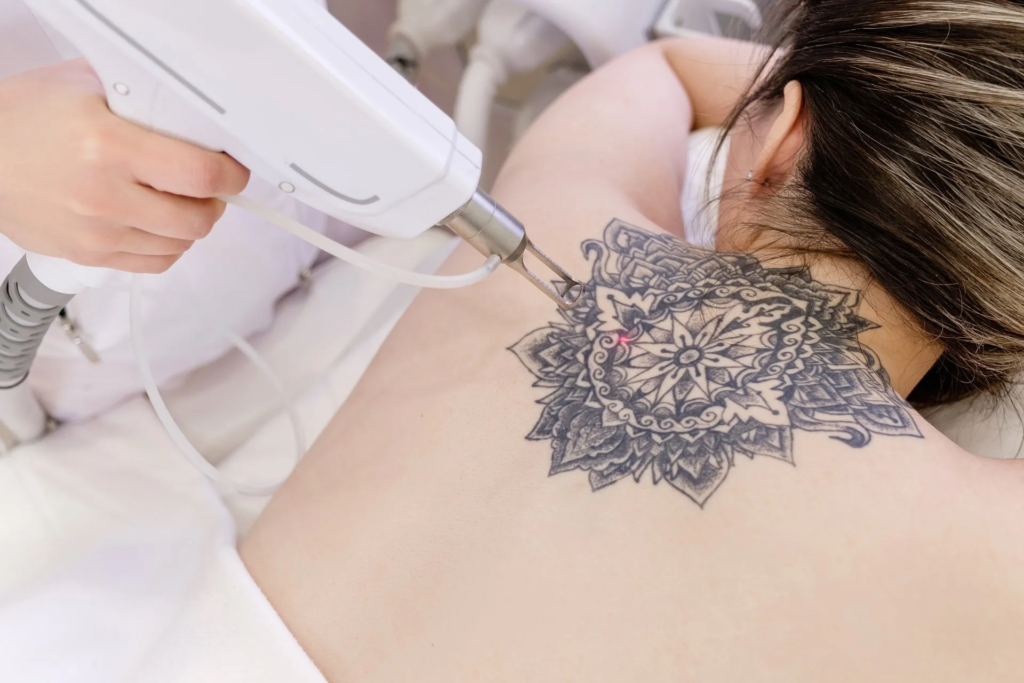Generally, birthmarks are not necessarily harmful. However, they may cause some health problems if they are located in places where they can interfere with the body’s general functionality. In this case, a removal is necessary.
You can also opt for birthmark removal if you don’t like the aesthetics, especially if they are big and located in more prominent areas like the face, neck, arms, legs, or back. A birthmark removal clinic like The Esthetic Clinics can offer multiple removal options such as:
Laser Therapy
Laser beams are used in this procedure. The light is concentrated on the birthmark and converts into heat that shrinks the blood vessels to eliminate or make the birthmarks less noticeable.
The procedure is best used for Portwine or red-colored birthmarks as it can easily lighten them and is most recommended during infancy. However, it can still be used on older children and adults and be effective.
Surgery
Surgery is recommended for larger and more prominent birthmarks. As with any other surgical procedure, the treatment is done under anesthesia in a birthmark removal clinic and uses a small medical tool (scalpel) to remove the birthmark.
Medication
In some cases, various medications can be recommended. beta-blockers, used for high blood pressure can be used to shrink the blood vessels, reduce the blood flow in birthmark areas, and make birthmarks such as hemangiomas less noticeable.
Corticosteroids can also be used and have the same effects as beta-blockers. However, these medications can only be effective when the birthmark is growing, during the proliferative phase, which ends in about a year. After that, the birthmark starts to fade on its own. If there are any remnants, they can be removed using other methods like surgery or laser therapy.
Risks and Complications of Birthmark Removal Treatments
Most birthmark removal techniques are generally safe as long as you work with a reputable birthmark removal clinic like The Esthetic Clinics. However, there are some risks and complications that patients may experience. Some of them include:
Scarring – The risk of scarring depends on the methods and techniques used. For example, surgery may leave scars even after healing. The extent of scaring also depends on the size and location of the birthmark.
Infections – Any procedure that involves breaking the skin is easily prone to infections. It is important to properly sterilize any medical equipment and practice proper aftercare to minimize this risk.
Pain and discomfort – Pain and discomfort are also common side effects after most birthmark removal treatments. However, this can be easily managed with pain medication as prescribed by the provider.
Allergic reactions – Depending on the equipment, materials, and the technique used in the procedure, some patients can experience allergic reactions. For example, laser therapy, which may involve the use of dyes or topical medications, can trigger an allergic reaction if the patients are allergic to them.
Pigmentation changes – Some removal treatments can sometimes result in changes in skin pigmentation, which may lead to the birthmark appearing lighter or darker than the surrounding skin.





